Mary Ellen Mark was a 75 year old American photographer, who died in May 2015. She has had 18 collections throughout her career that have been published and is known for her street/documentary photography. A lot of her works are exhibited in galleries and museums all over the world.
Mary Ellen Mark’s website: http://www.maryellenmark.com
Mary Ellen Mark’s portfolio: http://www.maryellenmark.com/gallery/gallery.html
The reason I chose to look at this artist was because she does street photography which I find very interesting. I like that she finds different people from the norm and embracing that takes a good photo of them. I think that I will keep the concept of candid photographs on the streets in one of my own ideas for this project. I like how all of her images are in black and white, early on in her career this will have been the only available filter to use but more recently I think it is used to add more character to the environment and the people who she is photographing. This allows the spectator to focus in on the people in the image rather than being drawn in by all of the different colours, distracting them from the possible meaning behind the images she creates. I believe that a lot of Ellen Mark’s work fits into the tableau category as a lot of the time the people are looking directly into the camera and with a neutral facial expression which Ellen Mark will have had to ask them to do. I do think that the people are genuine and she comes across all of these different people on the streets yet it does hold the element of tableau photography that I think a lot of photographers will use in documentary photographs to make it more hard hitting and to make it more personal for the spectator to really be looking into the eyes of the subject in the images.
After looking at a few pieces of Mary Ellen Mark’s work I discovered that she tends to make images of poorer people or those who seem troubled. For example there is one image where a small boy is sleeping in bed with his mother and father yet he is wide awake and looks crapped in the image. This shows that the family is poor and that they only have this one single mattress on the floor to share between the three of them and the boy is possibly troubled because maybe all he wants is his own space to grow and be happy. I feel like this young boy feels trapped by his parents but he can’t figure out a way to get out of it all and to escape into something better than the life he has with his parents. This could also be symbolic of how a lot of teenagers feel when they are finally growing into young adults but are still bombarded with pressure from their parents and still feel trapped under their wing even though they’ve been trying so hard to get away and create their own individual life. I like this image a lot because it really makes you appreciate what you have and allows the spectator to reflect a little on their own lives and the things we as humans always seem to take for granted, like having our own bed to sleep on each night.
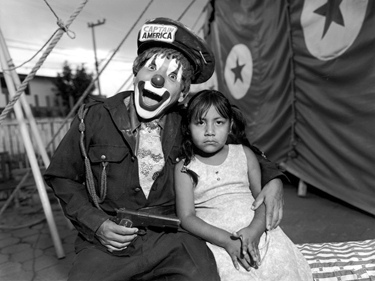 This image creeps me out. I have no clue of what is going on in this image. I feel like the little girl really does not want to be there and is being held against her will by this freaky looking clown who is holding a gun! I just noticed that on his hat states ‘Captain America’, this could mean something. Captain America is a character from the Marvel comics. He is supposedly a hero who was frozen during the war and was to be brought back to life in the future to save America. Here the clown has a gun and looks as though he is casually aiming it towards the young girl, yet nothing seems forced. The little girl just looks as though she’s being in the photograph to please her parents and there is no real struggle. The clown looks extremely pleased with himself which creeps me out the most as I have no clue of what the motive of this image could actually be. Mary Ellen Mark could possibly be trying to say that this “Captain America” is just a stupid idea that would never work and that he would just become a clown for the government to play with and control. He would just follow orders and do as he was told no matter what the circumstance, hence the little girl possibly symbolising innocence. I really do not have a clue what is going on in this image and I think it is really random and difficult to figure out. Even though I did manage to create a possible meaning from this image I don’t think that it really has one. I think that this little girl was just at a circus with her family and the guy was dressed as the clown and then Mary Ellen Mark just asked them to sit together and she took this photograph, that is why he is not pressing her with the gun or holding onto her arm too tightly. They are just real people who were put into a real life situation together. The main thing I took from this was just a reminder of how much I dislike clowns.
This image creeps me out. I have no clue of what is going on in this image. I feel like the little girl really does not want to be there and is being held against her will by this freaky looking clown who is holding a gun! I just noticed that on his hat states ‘Captain America’, this could mean something. Captain America is a character from the Marvel comics. He is supposedly a hero who was frozen during the war and was to be brought back to life in the future to save America. Here the clown has a gun and looks as though he is casually aiming it towards the young girl, yet nothing seems forced. The little girl just looks as though she’s being in the photograph to please her parents and there is no real struggle. The clown looks extremely pleased with himself which creeps me out the most as I have no clue of what the motive of this image could actually be. Mary Ellen Mark could possibly be trying to say that this “Captain America” is just a stupid idea that would never work and that he would just become a clown for the government to play with and control. He would just follow orders and do as he was told no matter what the circumstance, hence the little girl possibly symbolising innocence. I really do not have a clue what is going on in this image and I think it is really random and difficult to figure out. Even though I did manage to create a possible meaning from this image I don’t think that it really has one. I think that this little girl was just at a circus with her family and the guy was dressed as the clown and then Mary Ellen Mark just asked them to sit together and she took this photograph, that is why he is not pressing her with the gun or holding onto her arm too tightly. They are just real people who were put into a real life situation together. The main thing I took from this was just a reminder of how much I dislike clowns.
An interview with Mary Ellen Mark:
Debatably one of the most famous photographs of the 21st century was hers of the ‘Migrant Mother’. This is a very powerful image that throughout the years has caused much controversy with the subject herself and the photographer.
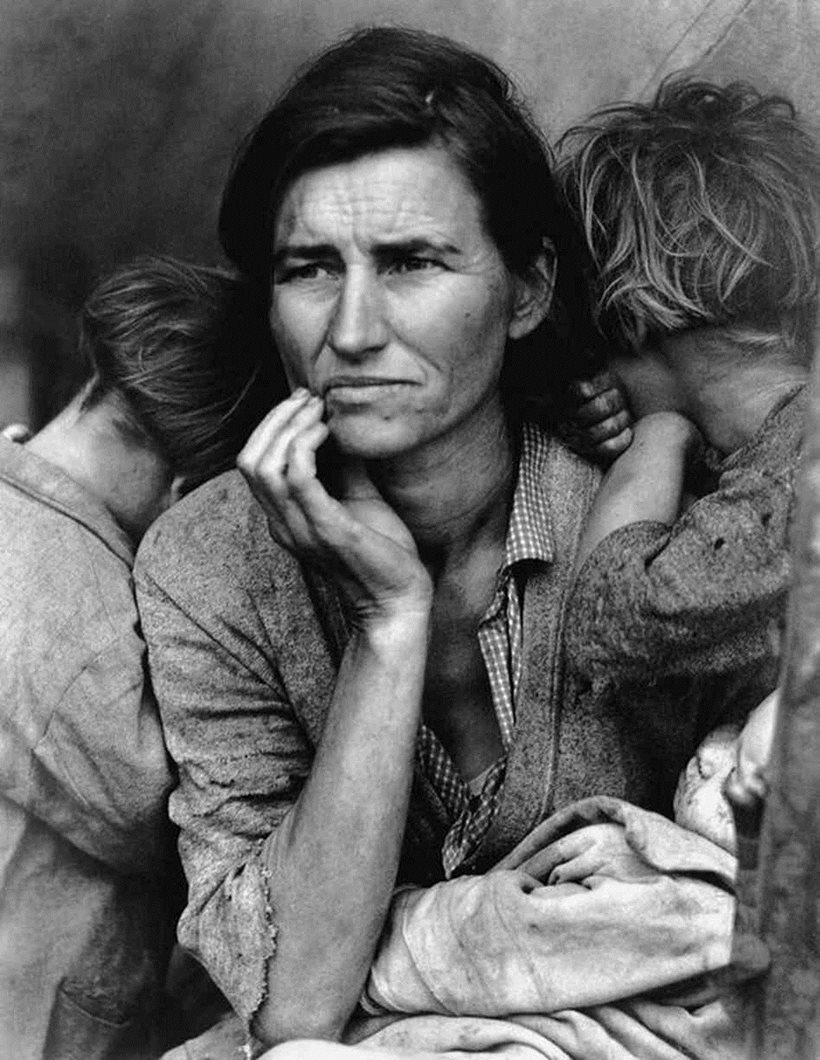 This is Mary Ellen Mark’s most iconic image. Here the children look as if they want their faces to be covered, that they are possibly ashamed to be seen in the photograph. Whereas, the mother looks as though she has a lot on her mind and possibly battling whether or not it was a good idea to take her and her three children out of their country and migrate to another for safety. They are all very dirty looking, including the little baby that she is holding with her left arm. To me this image is very sad as if all the happiness in the world wasn’t anything compared to all the sadness. This image allows the spectator to take from it what they want as well as bringing across a strong message of how lucky we are to live in a safe place where we don’t have to run away in fear of civil war or attacks from the governments. It has been stirred that a reporter talked to the migrant mother who claimed that she didn’t actually want Ellen Mark to take the photograph of her yet she did it anyway. I feel like this is possibly true because why would a migrant want their photo all over America? She is trying to get away from all the drama of her own country she doesn’t need to start her new life with her children filled with drama of a new kind, being constantly bombarded with questions about how she felt in that image and what was going on at the time. This image really does make me thankful for the life I have, to not have to escape a country in order to keep safe.
This is Mary Ellen Mark’s most iconic image. Here the children look as if they want their faces to be covered, that they are possibly ashamed to be seen in the photograph. Whereas, the mother looks as though she has a lot on her mind and possibly battling whether or not it was a good idea to take her and her three children out of their country and migrate to another for safety. They are all very dirty looking, including the little baby that she is holding with her left arm. To me this image is very sad as if all the happiness in the world wasn’t anything compared to all the sadness. This image allows the spectator to take from it what they want as well as bringing across a strong message of how lucky we are to live in a safe place where we don’t have to run away in fear of civil war or attacks from the governments. It has been stirred that a reporter talked to the migrant mother who claimed that she didn’t actually want Ellen Mark to take the photograph of her yet she did it anyway. I feel like this is possibly true because why would a migrant want their photo all over America? She is trying to get away from all the drama of her own country she doesn’t need to start her new life with her children filled with drama of a new kind, being constantly bombarded with questions about how she felt in that image and what was going on at the time. This image really does make me thankful for the life I have, to not have to escape a country in order to keep safe.
Overall, I think Mary Ellen Mark has made many inspiring images that I want to try and follow in the footsteps of by possibly going to the streets and making images of people. I like the rawness of the images and having no plan until I am in a situation creating more spontaneous images rather than pre-planned and rehearsed ones.


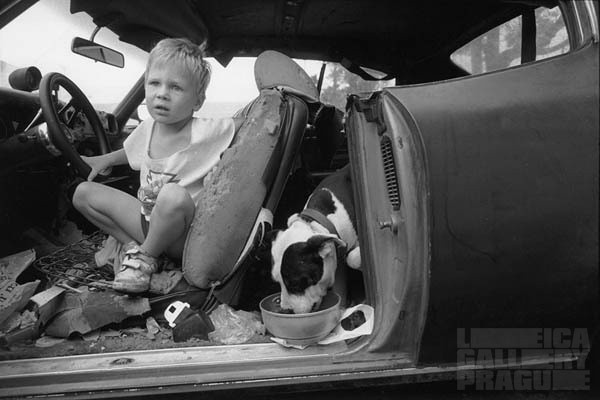
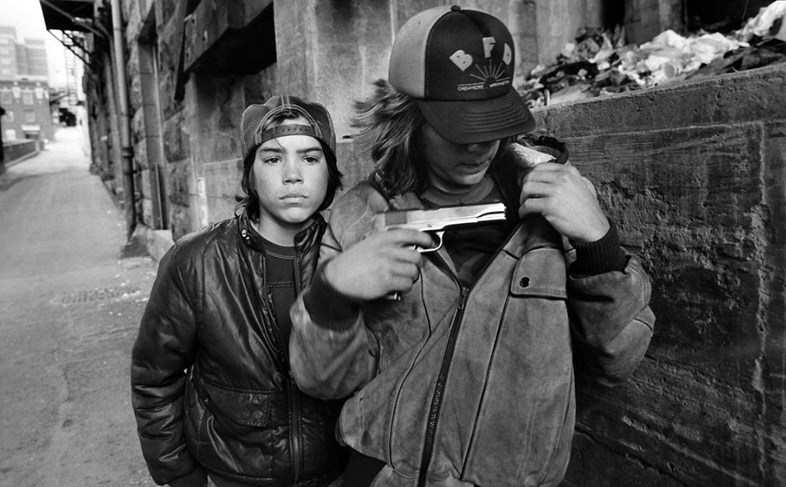

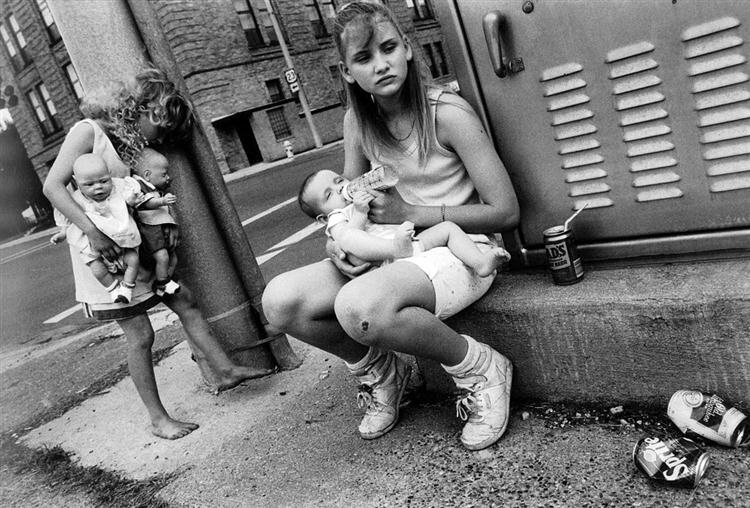



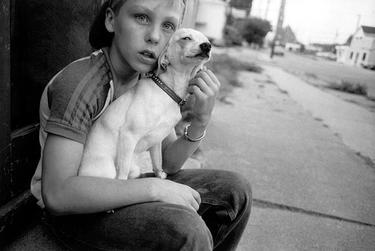
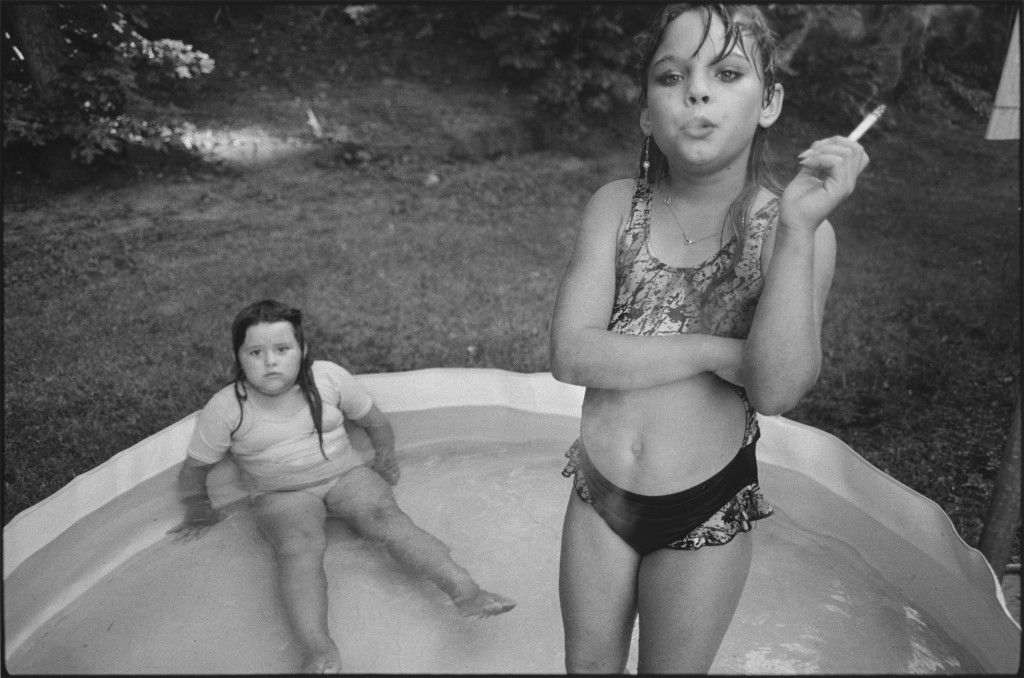



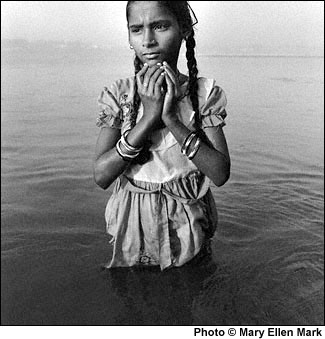
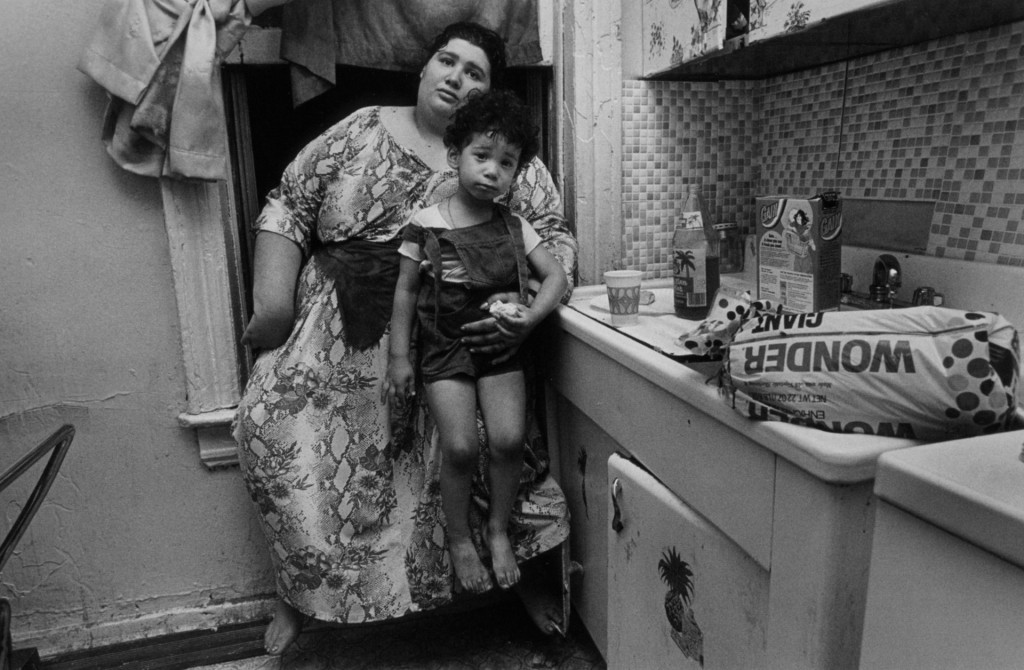
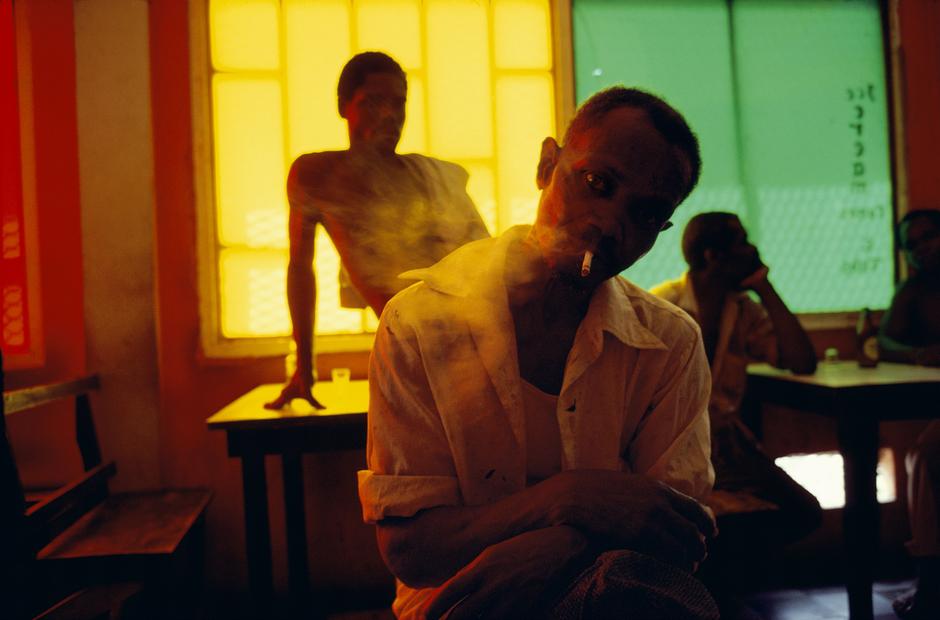
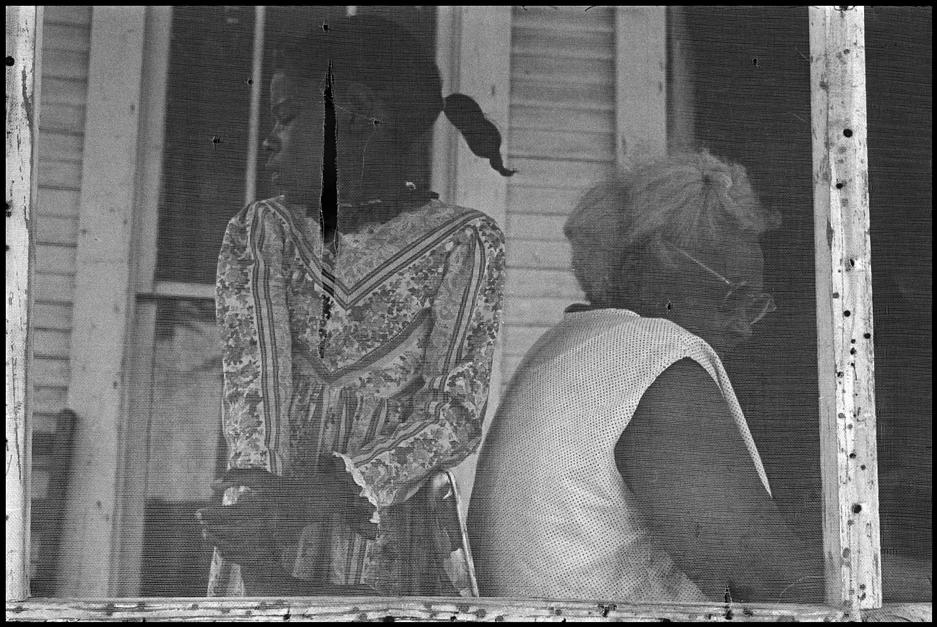

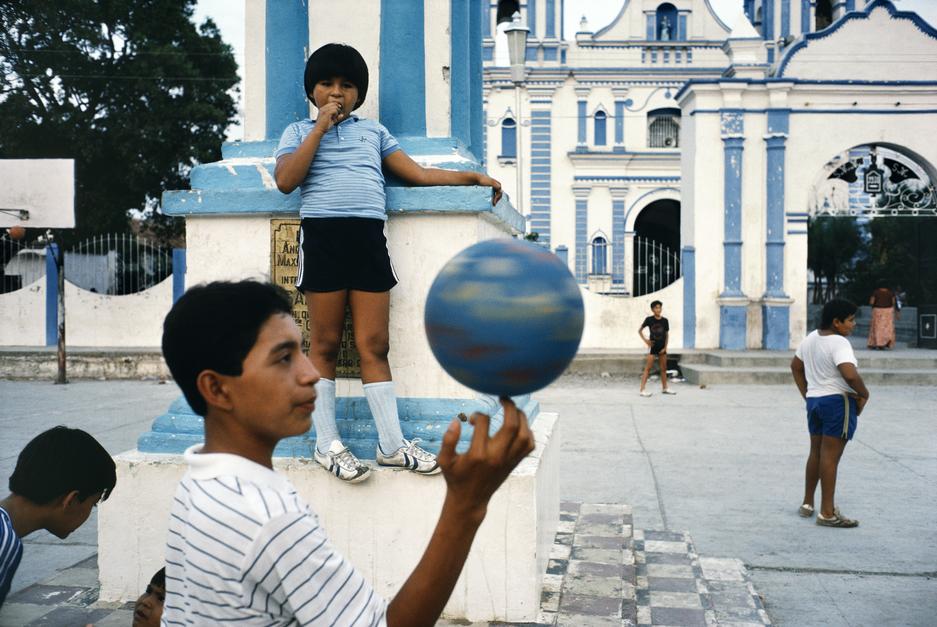
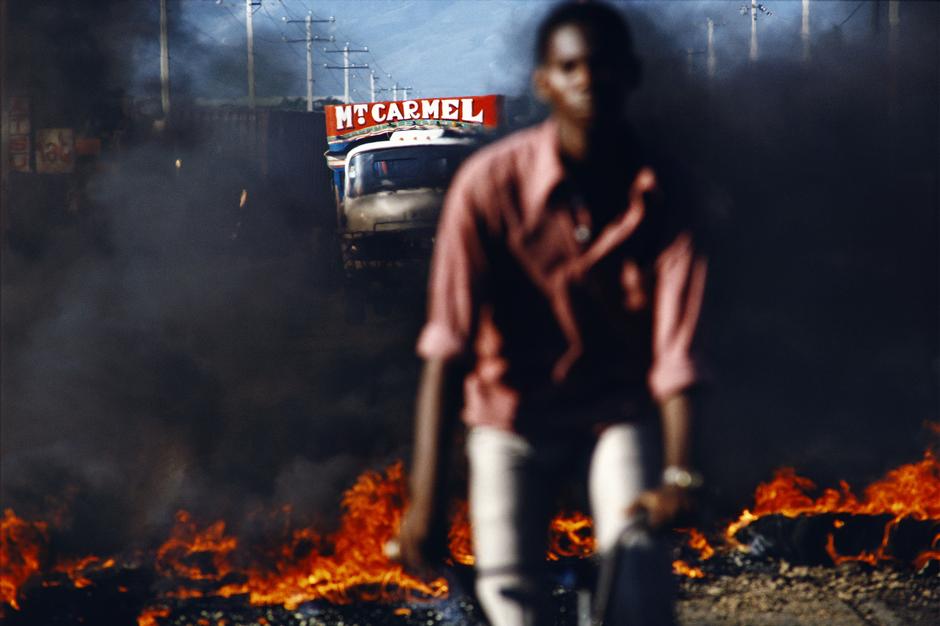
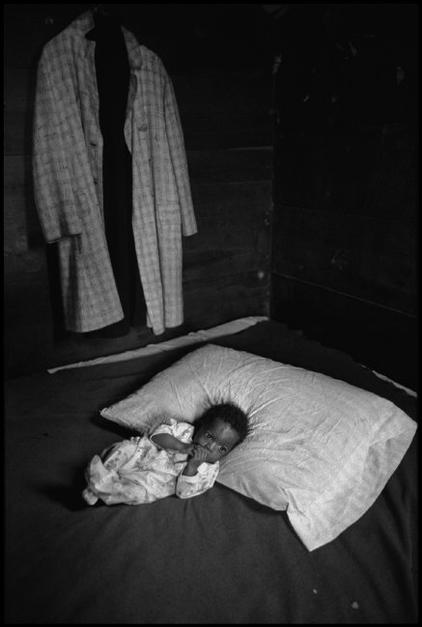
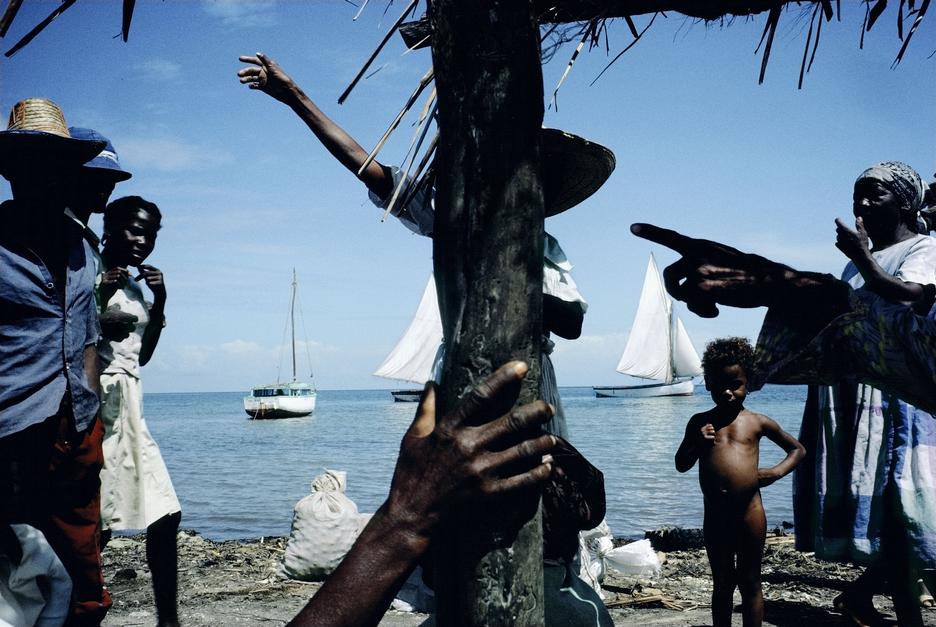
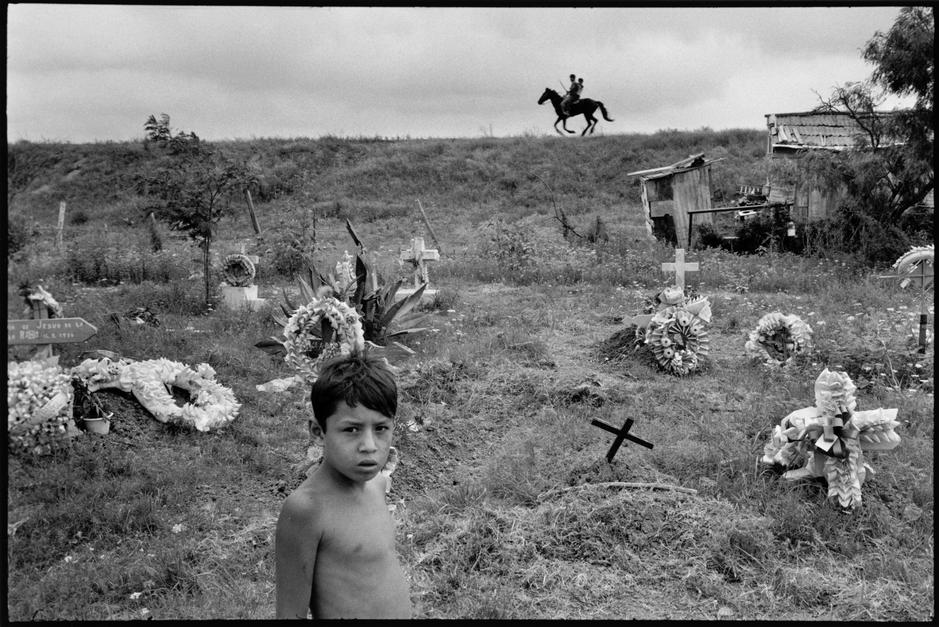
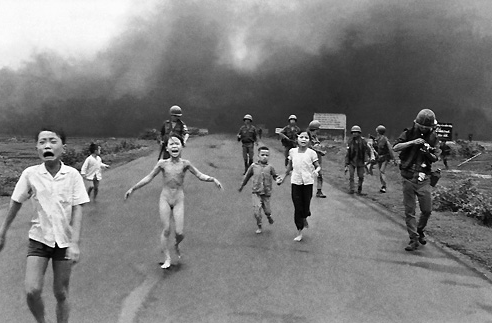
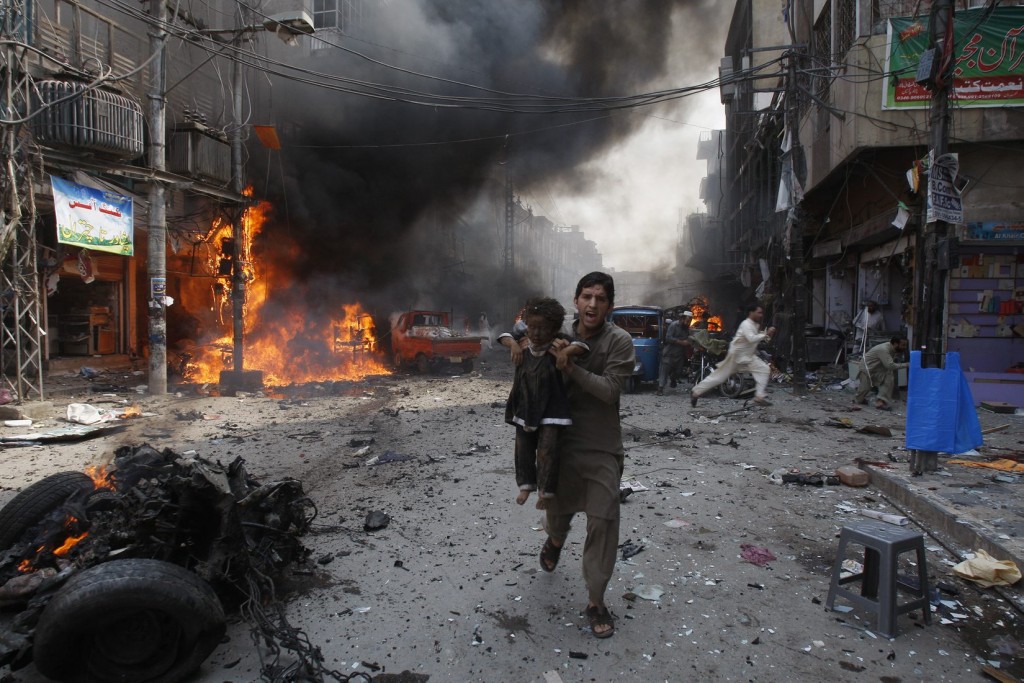


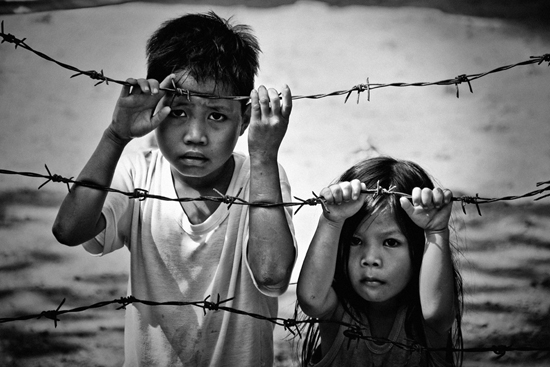

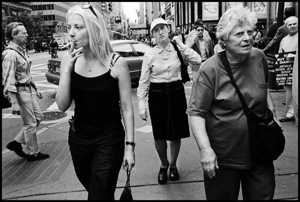

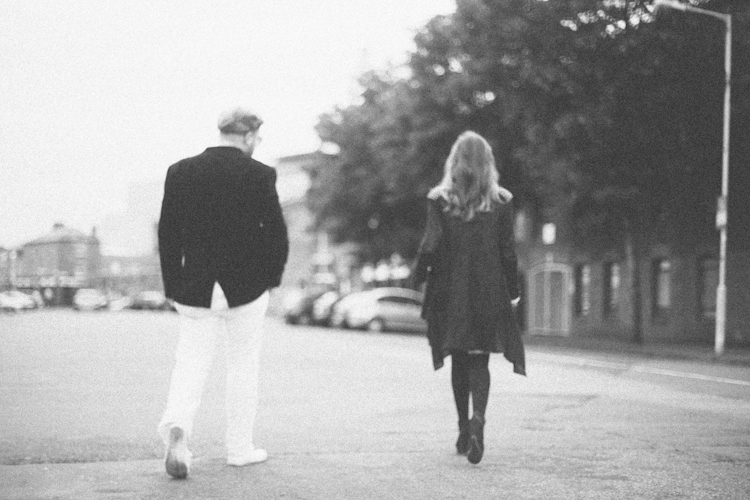
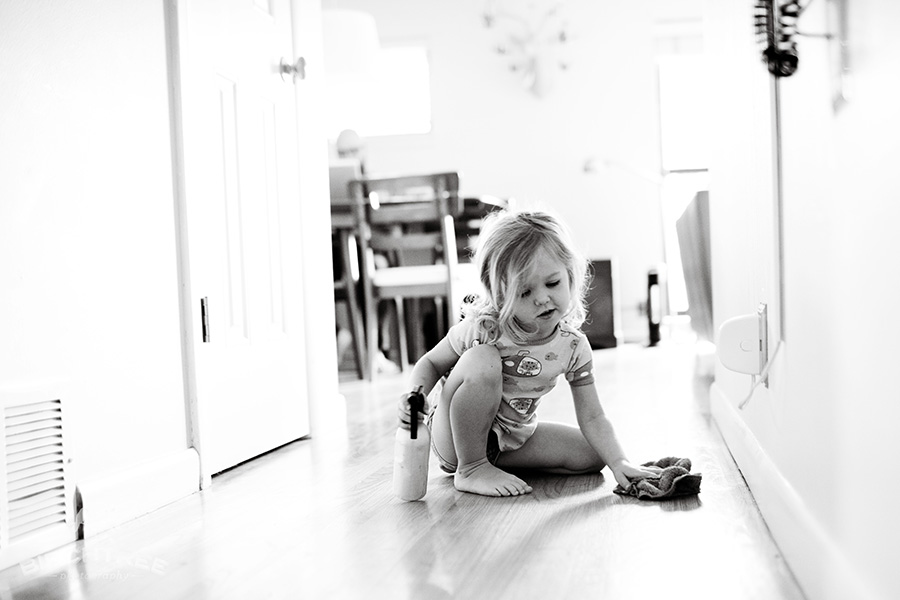
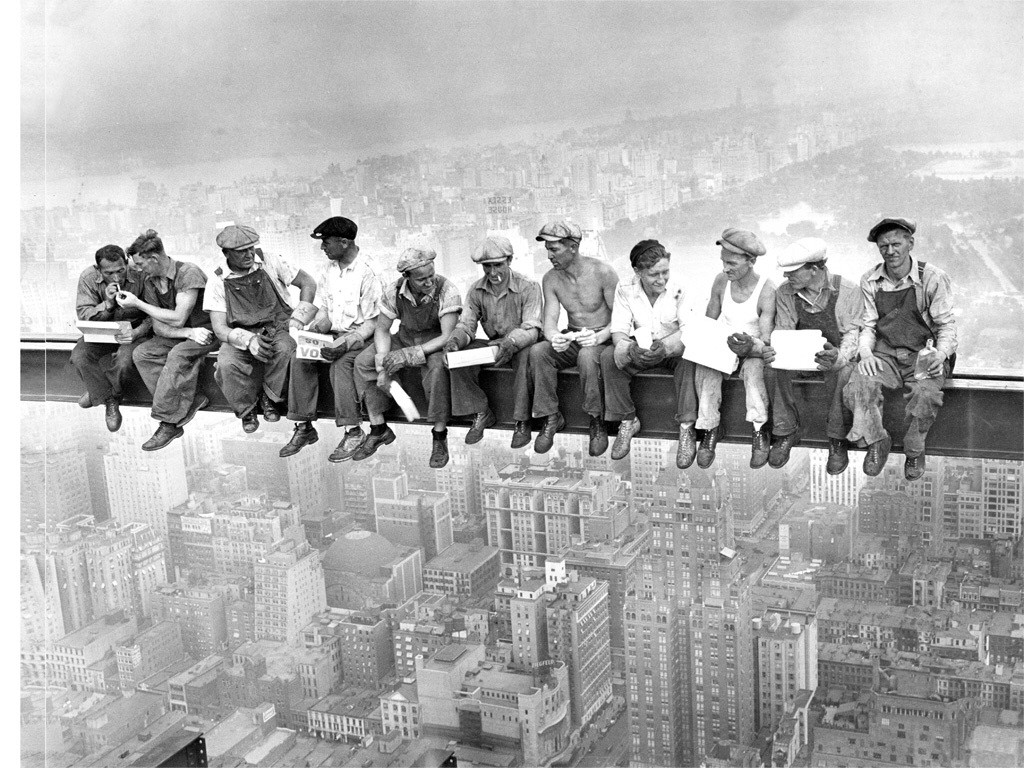
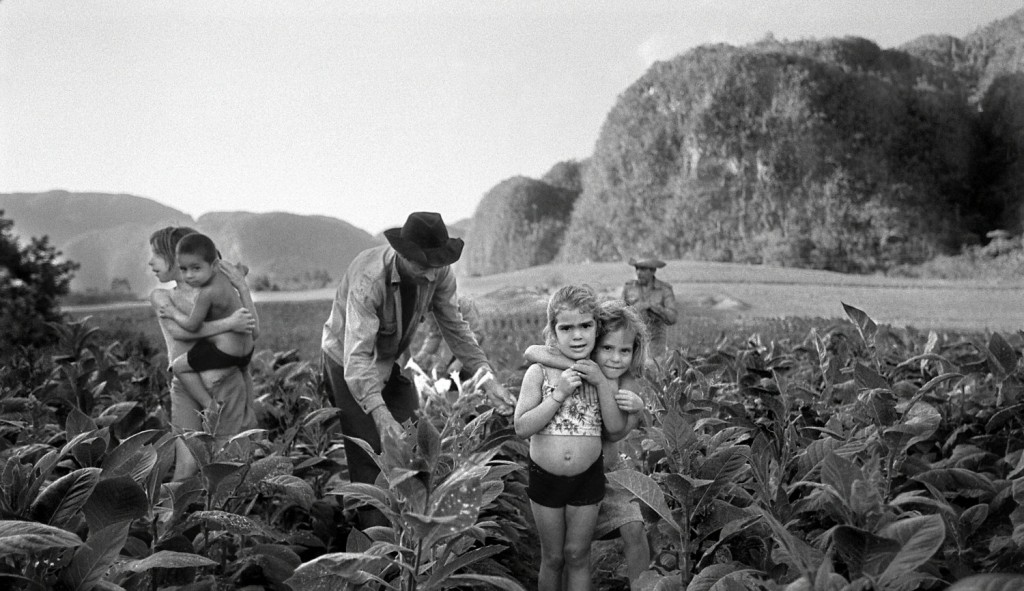






 I would like to respond to his work. I’ll be looking at people. My inspiration is the picture above. The man pictured is doing ‘the walk cycle’. Walk cycles are created frame by frame. Essentially they continue forever if you keep going back to the beginning of the cycle. Only six frames were used for Muybridge’s one above, therefore the full walking strides aren’t completed. Having said that, walk cycles are really difficult to capture. You must have precise and advanced knowledge to create one.
I would like to respond to his work. I’ll be looking at people. My inspiration is the picture above. The man pictured is doing ‘the walk cycle’. Walk cycles are created frame by frame. Essentially they continue forever if you keep going back to the beginning of the cycle. Only six frames were used for Muybridge’s one above, therefore the full walking strides aren’t completed. Having said that, walk cycles are really difficult to capture. You must have precise and advanced knowledge to create one. 



























